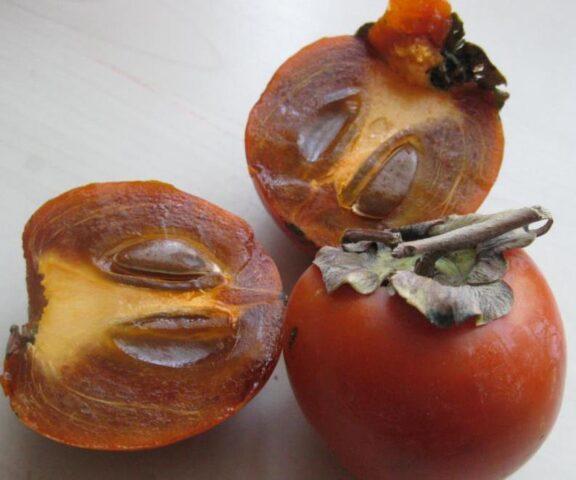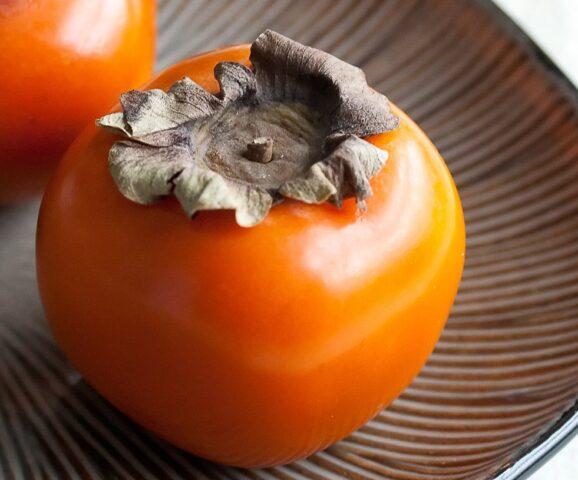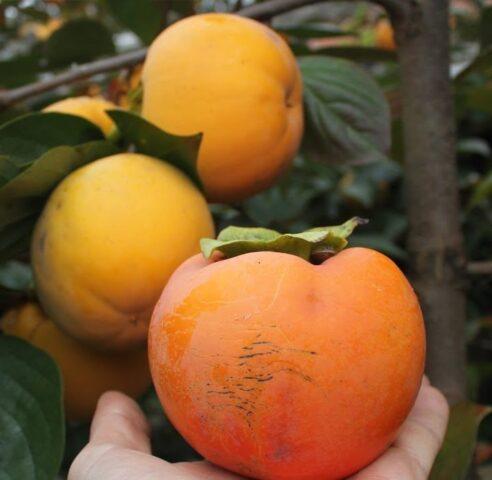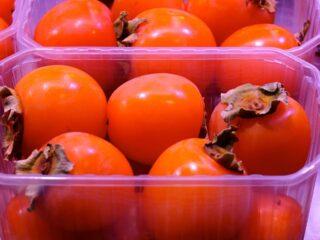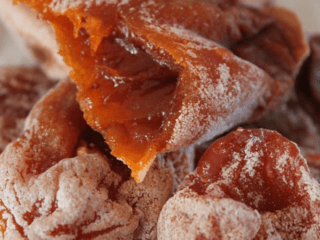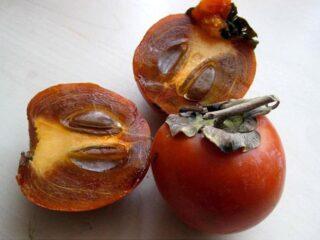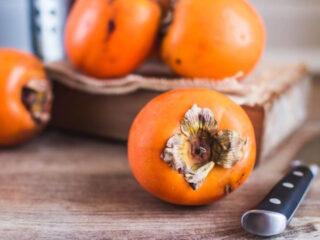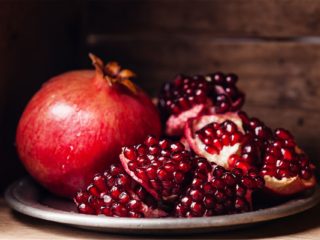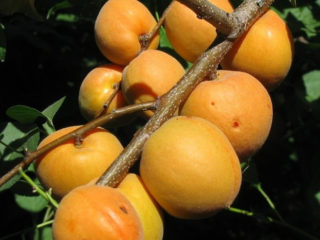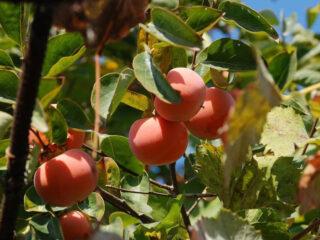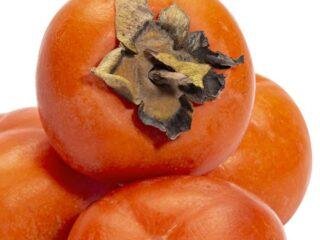Content
With the arrival of autumn cold weather, bright orange fruits appear on store shelves, attracting the eye with an appetizing appearance. This is a southern fruit - persimmon, the name of which means “food of the gods”. It contains many useful substances and helps maintain a person’s immunity at a high level during the cold season. But sometimes, when biting into the fruit and anticipating the honey taste, an unpleasant sensation appears, as the persimmon aches your mouth. Therefore, you need to figure out why this happens and what to do in this situation.
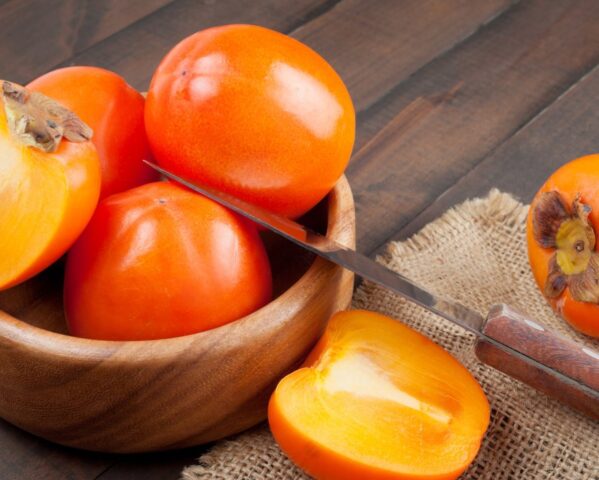
The orange hue of persimmons is due to their high beta-carotene content.
Why do persimmons make your mouth stick?
The chemical composition of this southern fruit is very diverse; it includes tannins, namely tannins. When they enter the mouth, they interact with protein compounds. This leads to the coagulation of the latter. As a result, a person feels an unpleasant tightening in the mouth.
Tannins also strongly constrict the capillaries, resulting in a feeling of anesthesia, that is, numbness of the larynx and tongue.As a result, when biting into a fruit, its sweetness is not felt, since tannins interfere with the full functioning of the salivary glands.
The astringent effect is felt only when eating unripe persimmons. When the fruit is fully ripe, tannins are partially destroyed, which has a beneficial effect on its taste and beneficial qualities.
What to do to prevent persimmons from knitting
In order for persimmons to stop knitting, you need to speed up its ripening. This can be done at home, and this procedure is quite within the power of every person. In this case, tannins are rapidly destroyed, which improves the taste of the product.
Freezing
This method gives quick results, but when used, the fruit loses not only its astringent taste, but also a small part of beta-carotene. In addition, the pulp loses its elasticity after defrosting, so you can use the product without waiting for thawing.
Procedure:
- Wash the persimmons thoroughly.
- Allow the water to drain and then wipe the fruit dry with a paper towel.
- Pack them in an airtight bag or container.
- Place in the freezer and leave for a day.
- After the time has passed, remove the persimmon.
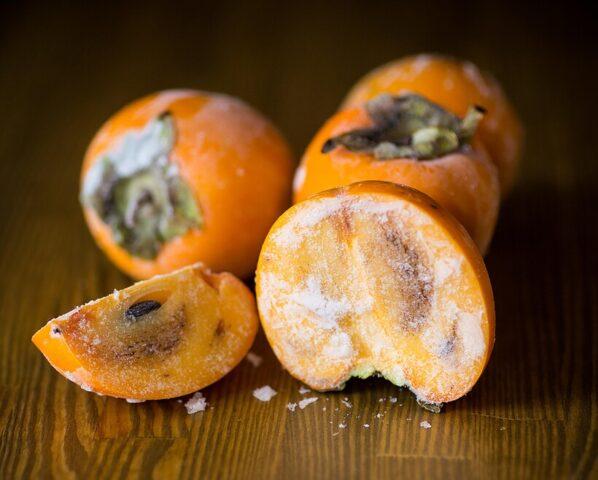
When freezing is used to eliminate the astringent effect, the fruit loses a little sweetness
Heat treatment
Heat treatment of the fruit helps get rid of the astringent effect and destroy tannins. This can be done in different ways. But before you begin the procedure, it is recommended to wash the fruits and soak up any remaining moisture with a paper towel.
Possible heat treatment options if the persimmon is very astringent:
- Cut the stems of the fruit with a sharp knife.Pour 1 tsp into the holes formed. honey Place the fruit in the microwave and turn on for ten seconds. This is enough to destroy tannins, but preserve vitamins. Fruits after this treatment are recommended to be consumed by people suffering from frequent digestive disorders.
- Select hard fruits. Cut them into slices or cubes, as for candied fruits. Spread the persimmons in a single layer onto a baking sheet lined with parchment. Dry in the oven at 100°C with the door slightly open. Every ten minutes, the persimmon pieces need to be turned over to ensure even evaporation of moisture. Drying time is one hour. The readiness of the product can be determined if you try a piece and it will be difficult to chew.
- Make several holes in the persimmon skin. In a separate container, heat the water to a temperature of 50 °C. Dip the persimmon into it until the liquid completely covers it. Keep in this form for 3-6 hours, depending on the degree of initial ripeness. During this time, maintain the water at the same level.
Natural ripening
You can also remove the astringent sensation by naturally ripening the southern fruit. To do this, you need to place the fruit on the windowsill above the radiator and wait a few days. You can speed up the breakdown of tannins by placing the product in a plastic bag along with an apple or banana and sealing it. In a couple of days the fruit will be ready to eat.
Application of sugar
This method cannot completely eliminate the astringent effect of persimmons, but it helps to quickly improve its taste.To do this, you need to cut the product into slices and sprinkle them generously with sugar.
How to eat persimmons without them gagging
Sometimes it is not possible to wait until the tannins are completely destroyed and the persimmon stops binding. In this case, you can mask this unpleasant taste. It is recommended to pour lemon juice over the pieces. Marmalade can also be an interesting solution to the problem.
Dessert preparation process:
- Pour 2 tsp. agar-agar 100 ml of cold water, leave for half an hour.
- Peel two persimmons from the skin and seeds.
- Grind the pulp in a blender until smooth.
- Add sugar to taste.
- Bring the diluted aga-agar to a boil.
- Add the pulp and cook for another three minutes, stirring constantly.
- Pour the fruit mixture into parchment-lined molds.
- Place them in the refrigerator until completely frozen.

Before serving, the marmalade can be sprinkled with additional sugar.
Is astringent persimmon beneficial?
Persimmon is a source of beneficial components for human health, which is so important in the autumn-winter period. But if it knits, this means that the concentration of vitamins and minerals in it is reduced, since their maximum amount is fixed when the fetus is fully ripened.
In addition, the high concentration of tannins, which causes the astringent effect, negatively affects the functioning of the digestive organs. But these tannins can be beneficial in small quantities. In this case, they help stop bleeding, slow down the development of microbes, and relieve inflammation. Therefore, we can talk about the benefits of the product only in the absence of an astringent effect.
How to choose a non-astringent persimmon
You can determine whether a fruit is sweet or not by the shape of the fruit. In some varieties it resembles an acorn, while in others it resembles a tomato. In the first case, the product acquires sweetness and loses its astringent effect only when the pulp acquires a jelly-like consistency and glows under the skin. For others, the taste will be great even if the fruit is crunchy.
The main signs of the required degree of maturation:
- bright orange hue;
- dry brown stalk;
- fleshy juicy pulp;
- the presence of transverse brown stripes at the top of the fruit.
The degree of viscosity also depends on the type of persimmon. Among the variety of crop types, there are those that do not cause an astringent effect even at the stage of technical ripeness of the fruit. This is due to the reduced tannin content. Such fruits have a flattened or rounded shape.
Varieties that do not have a distinct astringent effect:
- Kinglet. A low-growing variety, the tree height barely reaches 3.5 m. The fruits are round with a slightly elongated tip. Their weight is 150-200 g. When ripe, the color of the pulp becomes brownish-brown. The variety has high taste qualities.
The wren contains many seeds
- Sharon. This hybrid was the result of crossing a persimmon and an apple. Characterized by a bright yellow hue of the fruit. The taste of the fruit combines notes of apricot, apple, quince and is unique. The variety is characterized by thin skin and elastic, juicy pulp with a minimal tannin content.
Sharon was bred in Israel
- Eastern. A large-fruited variety of the crop, the weight of individual specimens can reach 500 g. Eastern persimmon has a cylindrical oblong shape. Its color when ripe ranges from orange to yellow-brown. The variety is valued for the sweetness and juiciness of its pulp.
Oriental persimmon mainly grows in China and Japan
Conclusion
Persimmon binds only when unripe, but if necessary, you can eliminate this unpleasant sensation and enjoy the taste of the southern fruit. However, in order to get the maximum benefit from its use, when purchasing, you need to pay attention to the shape of the fruit, the variety and the presence of characteristic signs of ripeness.
